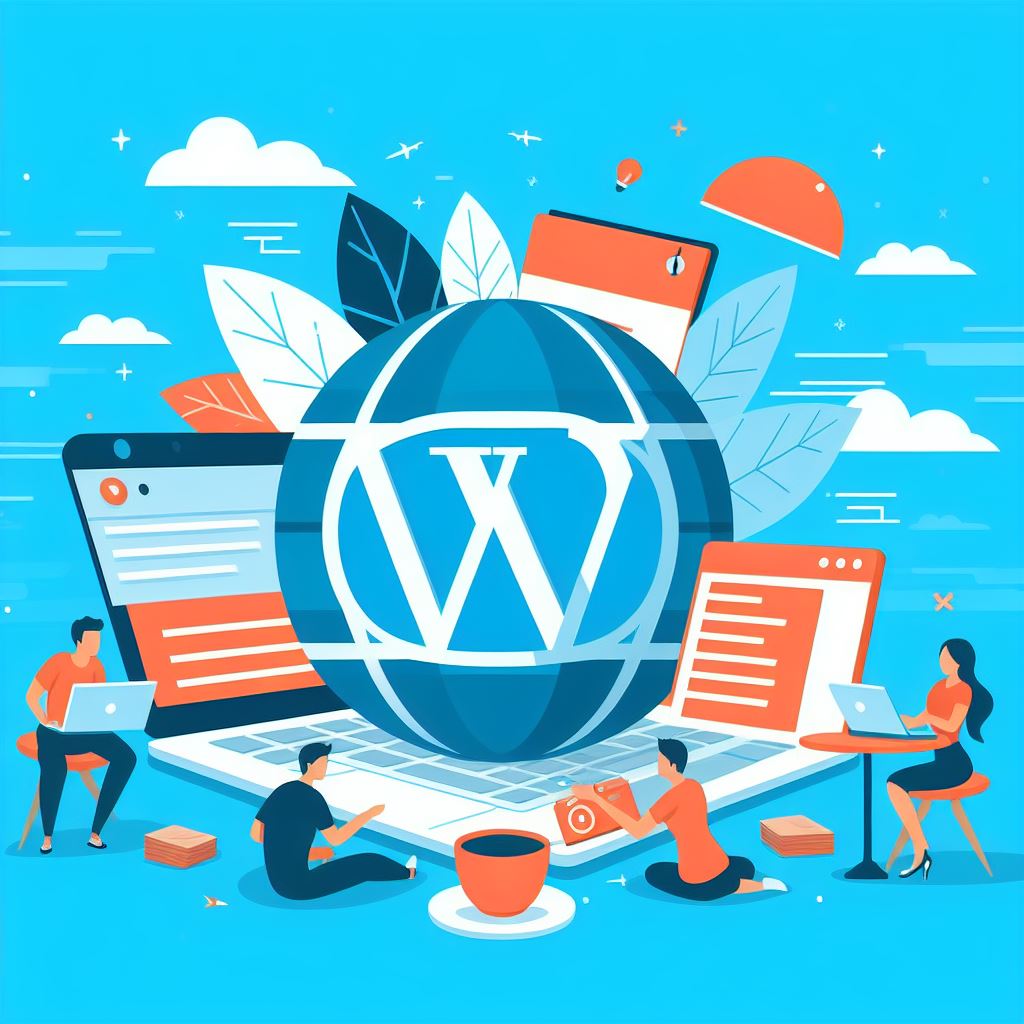In the dynamic world of website management, optimizing performance is key to ensuring a seamless user experience. One crucial aspect of this optimization is managing the WordPress cache. In this guide, we’ll walk you through the importance of WordPress cache, why and when you should clear it, and provide you with a step-by-step tutorial on how to do it effortlessly.
Understanding the Significance of WordPress Cache
WordPress cache plays a vital role in speeding up your website. When a user visits a site, their browser stores certain files locally to facilitate quicker loading times upon subsequent visits. This stored data is what we refer to as cache. By reducing the need to retrieve data from the server each time, caching significantly enhances your website’s performance, leading to faster page load times.
Why Clearing WordPress Cache is Necessary
While cache boosts your website’s speed, there are instances where clearing it becomes necessary. When you make updates to your site, such as changing themes, updating plugins, or modifying the content, the cached data may become outdated. This can result in users seeing an older version of your site, potentially causing confusion and presenting an inaccurate representation of your content.
Additionally, caching issues may arise if your website is not displaying changes immediately after an update. Clearing the WordPress cache can resolve such problems, ensuring that visitors always see the latest version of your website.
When to Clear WordPress Cache
Knowing when to clear your WordPress cache is crucial for maintaining an up-to-date and responsive website. Here are some situations in which clearing the cache is recommended:
- After Updating Plugins or Themes: When you update plugins or themes, it’s a good practice to clear the cache to ensure that users are seeing the latest changes.
- Content Updates: If you’ve made changes to your website’s content, clearing the cache ensures that visitors see the most recent updates rather than a cached version.
- Troubleshooting Website Issues: If you encounter issues with your website, such as broken layouts or missing elements, clearing the cache can often resolve these problems by ensuring that users download the latest files.
Step-by-Step Guide to Clearing WordPress Cache
Now that we understand the importance of clearing the WordPress cache, let’s delve into the step-by-step process of doing it effortlessly.
1. Using a WordPress Cache Plugin
WordPress offers various plugins that simplify the cache clearing process. Here’s a generic guide using a popular plugin like W3 Total Cache:
a. Install and Activate the Plugin: Navigate to your WordPress dashboard, go to “Plugins,” click “Add New,” search for “W3 Total Cache,” and install and activate the plugin.
b. Access the Plugin Settings: Once activated, find “Performance” in your dashboard and click on “General Settings” under “W3 Total Cache.”
c. Clear the Cache: Look for the “Empty All Caches” option and click it to clear your entire cache. Alternatively, you can clear specific caches like page cache, minify cache, or object cache based on your requirements.
2. Clearing Cache Manually via cPanel
For users who prefer a manual approach, clearing the cache through cPanel is a viable option. Follow these steps:
a. Access cPanel: Log in to your hosting account and find the cPanel option. Once inside cPanel, look for the “File Manager” tool.
b. Navigate to WordPress Root Directory: Locate the root directory of your WordPress installation, usually named “public_html” or similar.
c. Delete Cache Directories: Within the WordPress installation directory, find folders named “wp-content” and “wp-include.” Look for subdirectories like “cache” or “cachemin” and delete them.
3. Using Browser DevTools for Browser Cache
In some cases, the issue might be related to browser caching. To clear the browser cache using Chrome DevTools:
a. Open Chrome DevTools: Right-click on your webpage, select “Inspect,” and go to the “Network” tab.
b. Disable Cache (while DevTools is open): Check the “Disable cache” option in the “Network” tab.
c. Refresh the Page: With the cache disabled, refresh your page. This ensures that the browser fetches the latest files from the server.
Conclusion
Optimizing your WordPress website’s performance is a continuous process, and managing the cache is a fundamental aspect of this optimization. Regularly clearing the WordPress cache ensures that your visitors experience the latest updates and enjoy a swift browsing experience. Whether you opt for a plugin-based approach or prefer manual methods, the key is to incorporate cache clearing into your routine maintenance tasks to keep your website running at its best. By following this easy guide, you’ll be well-equipped to manage your WordPress cache efficiently and enhance the overall performance of your website.



